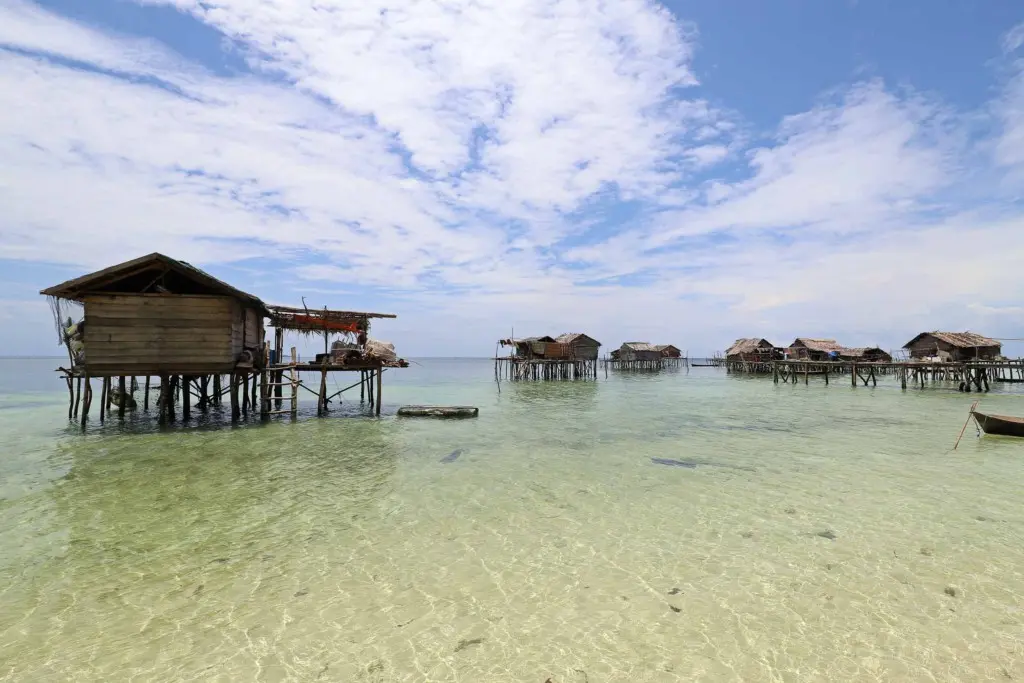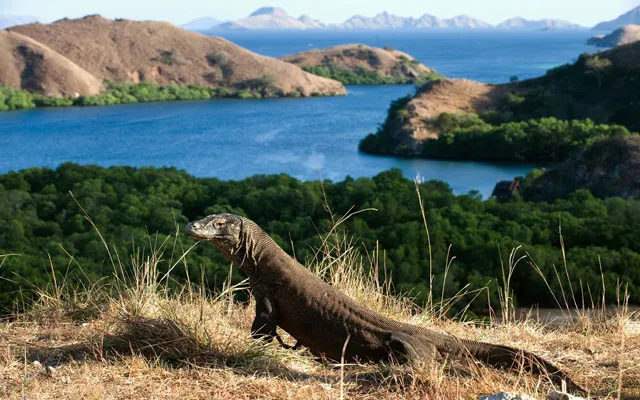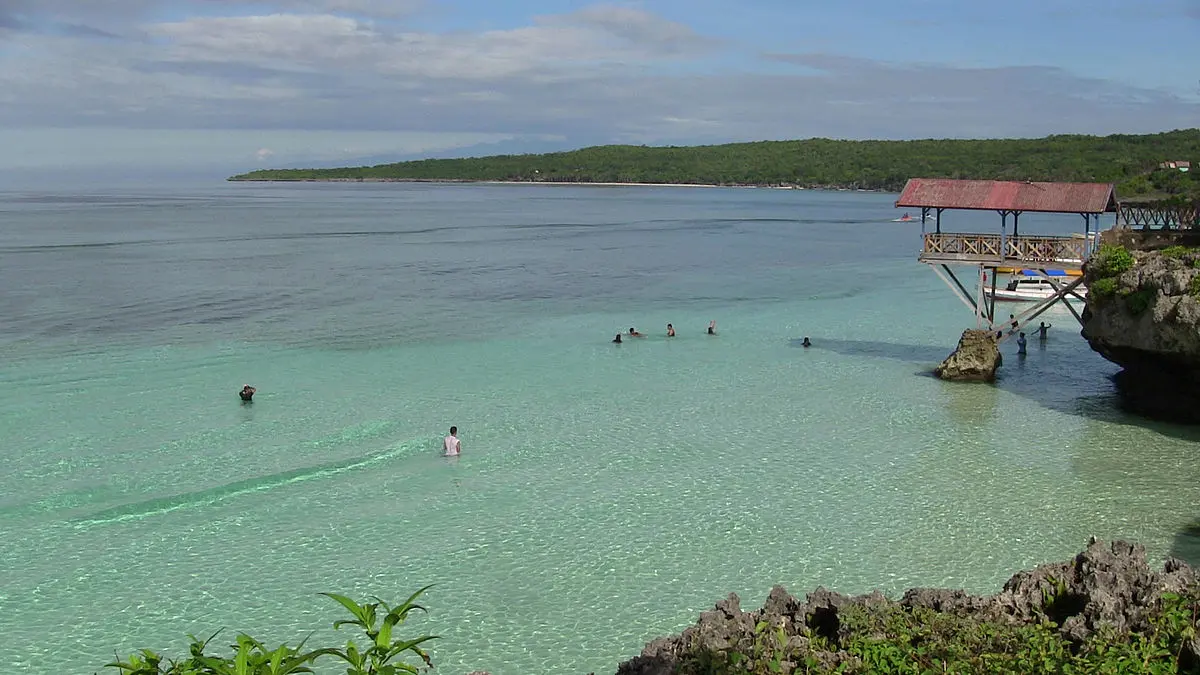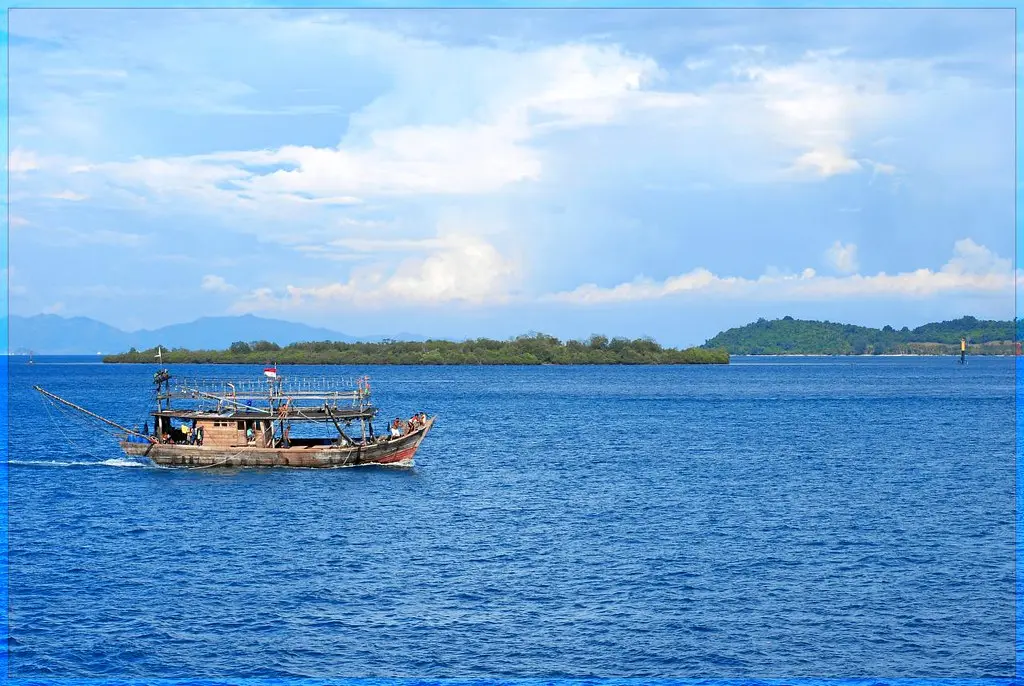Bugis Sea Nomads: Legendary Sailors, Traders, and Navigators

Bugis sea nomads have sailed the oceans of Southeast Asia for centuries, forging a reputation as master navigators, bold traders, and cultural carriers of the sea. Originating from South Sulawesi, Indonesia, their story is more than maritime history—it’s a living legacy. Curious how their ocean-based traditions continue to influence life today? Keep reading to explore their remarkable journey.
Who Are the Bugis Sea Nomads?
The Bugis are one of the major ethnic groups in South Sulawesi, Indonesia. Known for their adaptability, courage, and deep cultural pride, they traditionally balanced agrarian life with extraordinary seafaring expertise.
Many Bugis communities evolved into semi-nomadic maritime groups, building lives upon boats or coastal settlements, making them one of the most influential sea-based cultures in Southeast Asia.
Read Also: 10 Unique Bajau Tribe Facts About How They Live at Sea
Why They’re Called Sea Nomads
The Bugis earned the title of "sea nomads" due to their intimate and enduring relationship with the ocean. For generations, they have practiced:
- Living on boats or coastal stilt houses, always close to water
- Following seasonal ocean currents and winds
- Building temporary maritime settlements across archipelagos
- Establishing kinship and trade networks across the seas
Bugis as Legendary Sailors
Seafaring is in the blood of the Bugis. For them, the ocean is not a barrier but a bridge—connecting islands, people, and opportunities. Their maritime skills are legendary and deeply respected throughout the region. From building majestic phinisi ships to reading the stars without modern tools, the Bugis have long proved themselves as fearless voyagers.
Here are three powerful ways the Bugis carved their name into maritime history:
1. Phinisi Ships and Master Boatbuilding
The pride of Bugis maritime culture is the phinisi—a traditional wooden sailing ship built by Bugis and Makassarese boatbuilders. These majestic vessels, often handcrafted with no blueprints, showcase generations of maritime craftsmanship.
Known for their strength and elegance, phinisi ships were used for trade and long voyages, and today, they remain an enduring symbol of Bugis maritime ingenuity.
2. Navigating Without Modern Tools
Long before GPS, Bugis sailors navigated open waters using:
- Star maps for direction
- Wind, waves, and current patterns for navigation
- Changes in sea color and swell to locate reefs or islands
This intuitive knowledge allowed them to cross vast distances with uncanny precision.
3. Voyages Across the Region
Bugis sea nomads ventured across:
- The Indonesian archipelago
- The Malay Peninsula
- Northern Australia, where they traded with Aboriginal communities
These voyages weren’t just routes—they were bridges of commerce, culture, and diplomacy.
Bugis Traders of the Seas
Beyond their skills as sailors, the Bugis were known as strategic merchants. Trade was their pathway to influence, diplomacy, and cultural connection. For centuries, their ships didn’t just carry goods—they carried ideas, languages, and traditions across island kingdoms. The sea was their market, and every coastline held new opportunity. Here are three ways the Bugis shaped the seas through trade:
1. Sea-Based Trade Networks
The Bugis were vital players in the historic spice routes. They transported cloves, nutmeg, textiles, and ceramics between islands and ports, connecting remote villages to thriving economies.
Read Also: Live Like a Bajau Sea Nomads: A Cultural Ocean Journey
2. Cultural Exchange Through Trade
Their voyages facilitated cultural blending. Bugis traders adopted local languages, customs, and attire, and in turn introduced their own traditions, nurturing rich, shared cultures across Southeast Asia.
3. From Traders to Political Players
In some regions, Bugis migrants rose to prominence. Historical records show that Bugis figures became advisors, warrior chiefs, or even royalty—like in Johor and Selangor, Malaysia. Their maritime presence turned into long-lasting influence.
Navigators of Culture and Identity
To understand the Bugis is to understand their values. Their maritime lifestyle shaped not just their travels, but their moral compass and worldview. Sailing across islands wasn’t only about exploration—it was about carrying honor, heritage, and a deep sense of purpose. Here are three cultural pillars that have guided the Bugis across generations:
1. The Philosophy of Siri’ and Honor
Central to Bugis identity is siri’, a code of personal honor and dignity. Rooted in courage, accountability, and respect, it guided their conduct at sea and life in community.
2. Oral Traditions and Sea Epics
Bugis literature, such as the epic La Galigo, preserves their seafaring memory. Through chants and oral storytelling, they pass down lessons about bravery, fate, and the ocean’s power.
3. Sea Nomadism Today
Modernity has changed Bugis life, but not erased it. Some still build and sail phinisi ships, teaching navigation and boatbuilding. Others blend maritime heritage with land-based careers. Their floating identity adapts, but remains strong.
Why the Bugis Sea Nomads Still Matter Today
Lessons from the Bugis are not just historic—they’re relevant now more than ever. In a world grappling with environmental crises and cultural erosion, the Bugis offer living proof that humans can thrive in harmony with nature while preserving identity. Their maritime wisdom holds valuable insights for sustainability, resilience, and cultural pride.
Here are two reasons why the Bugis legacy continues to inspire today:
1. Preserving Maritime Heritage
Phinisi craft, star navigation, and sea rituals are intangible treasures. Protecting these traditions safeguards a way of living that respects human–ocean interdependence.
2. A Model of Sustainable Ocean Living
Bugis practices—like selective fishing and eco-fit homes—show how societies can thrive in balance with nature. In an age of climate concern, their wisdom offers real solutions.
The Bugis sea nomads are more than legendary sailors—they are guardians of ocean wisdom and cultural legacy. Their story reminds us that the sea is not a barrier, but a home and a source of identity.
Ready to experience their world beyond words?
Read Also: Who Are Indonesia’s Sea Nomads? Discover the Bajau People’s Ocean Life
Discover the World of Bugis Sea Nomads with Riara Marine
Voyagers, your journey begins here. Join Riara Marine for a hands-on experience that brings the Bugis maritime legacy to life. From traditional phinisi boatbuilding to ancient navigation skills, dive into Workshop Tour and sea adventures rooted in centuries of seafaring wisdom.
By choosing mindful travel, you’re helping keep this living heritage alive. Reach out to Riara Marine and start your voyage today.



